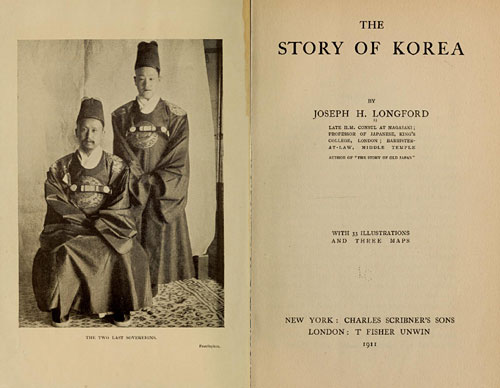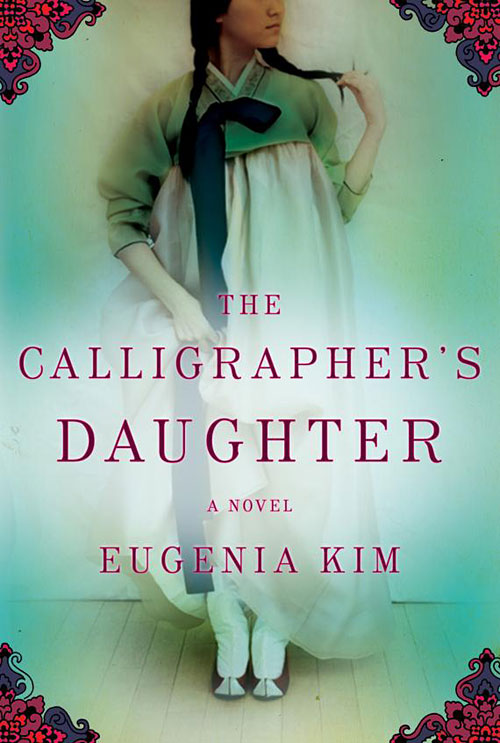
Inside the Hermit Kingdom: The 1884 Korea Travel Journal of George Clayton Foulk
America's Man in Korea: The Private Letters of George C. Foulk, 1884-1887
First, it is an account of a trip no Westerner had ever undertaken before or would ever experience again: a long-distance sedan chair journey in the manner of a Choson-dynasty government official. Containing his private thoughts, penned in the heat of the moment, Foulk's diary is immediate, raw, and honest, laying bare his experience. It gives readers is a superbly descriptive and perceptive record of Korea. Inside the Hermit Kingdom stands unique as a firsthand account of the kingdom of Choson in its pristine condition, before the intrusion of the outside world.
America's Man in Korea is the story of America's initial involvement in Korea as told through the private family letters of U.S. Navy ensign George Clayton Foulk, Washington's representative in Seoul in the mid-1880s. "The Hermit Kingdom," as Korea was known, was no ordinary diplomatic posting at this time. Emerging from centuries of self-imposed isolation, Korea was struggling to establish itself as an independent nation amid the imperial rivalries of China, Japan, England, and Russia; anti-foreign violence remained a simmering threat; the Korean government was a hotbed of intrigue and factional strife, its monarch King Kojong casting about for help. Foulk, fluent in Korean and the foremost western expert on the country, was an astute observer of this country's transformation. In his private letters, published here for the first time, Foulk recounts his struggle to represent the U.S. and to help Korea in the face of State Department indifference.












